Advantages of XBRL to facilitate reporting of financial and non-financial information
- May 16, 2022
- 8 minutes
The global financial community seeks for an ideal solution to exchange financial, performance, risk, and compliance information. Regulatory authorities, businesses, and governments need a data exchange standard that will make reporting accurate, fast, and robust.
In 2020, XBRL International listed 184 cases of XBRL implementation worldwide. Having considered available data exchange formats, more and more organizations turn to XBRL. To understand why let’s look at the advantages XBRL has and the benefits XBRL reporting brings.
How XBRL enhances digital reporting
To move information through the reporting cycle faster, members of the financial community seek optimal ways to prepare, transmit, and analyse data. The biggest challenge is in finding a data exchange format that’s both universal and flexible. It should cover the specific needs of stakeholders and, at the same time, help them find a common ground. The solution should:
- Allow for comprehensive data description and classification
- Have both machine-readable and visual data presentation
- Provide mechanisms and artifacts to enable advanced and automated multi-layer data validation
XBRL as a digital data exchange format meets the listed requirements and supports every stage of the regulatory reporting process: data creation, validation, preview, and submission, as well as data reuse and analysis by both filers and regulators.
Alternative data exchange formats either don’t have or have limited capabilities, especially when it comes to data validation mechanisms. This is the reason why organizations move their reporting from PDF, DOC(X), XLS(X), CSV, and XML to XBRL. They strive to get rid of the drawbacks in their reporting processes caused by the limitations of the data exchange formats they use, for example:
- If data is reported in CSV, it doesn’t have a human-friendly and standardised visual representation for people to preview and approve the reports, and it misses descriptions for automated validation and interpretation of data points.
- If data is reported in PDF, HTML, Excel, or Word document, it has a visual representation but is difficult to extract for reuse, and it still misses descriptions required for validation and interpretation of data points.
- If data is reported in XML, it’s described using markup (tags), but the nature of the markup doesn’t provide data comparability between documents structured in different ways, which limits automated interpretation and validation of data points.
By choosing XBRL as a common reporting standard, members of the financial community can overcome all the mentioned problems and reduce the reporting burden.
Benefits XBRL brings to stakeholders
When opting for XBRL, regulatory authorities get access to off-the-shelf taxonomies that have been built and refined during past decades. For example, instead of creating taxonomies for financial reporting from scratch, central banks can take EBA’s XBRL taxonomy and extend it to meet additional national requirements.
By doing so, they align their taxonomies with the widespread and proven definitions of business terms. They also reuse the existing validation rules, requirements, and architectural decisions, which raises the chances the new implementations are efficiently adopted by the market, even more so as there are tools that already work with the reused taxonomies.
On top of that, adapting the existing XBRL taxonomies makes information more comparable between countries, industries, and companies. If everybody uses the same taxonomy, then equal data points in different reports are defined the same way. This improves data comparability and helps regulators aggregate data and analyse it more accurately to make well-informed decisions.
In their turn, regulated entities have a standard approach at their disposal to make filing more accurate and reduce the risks of missing reporting deadlines. Using XBRL software they can automatically validate reports against business and filing rules before submission. Advanced XBRL reporting software even highlights errors during validation and helps find the cause of every issue to address it quickly.
A forward-looking approach to XBRL implementation can help companies level up their internal data collection and management processes. Filers can integrate XBRL reporting software with their databases via API. This allows them to source different subsets of data from their database to produce all the required reports. The database remains the single source of truth. Every data update made in the database reflects in all reports affected by the change.
Challenges of XBRL reporting
Despite all the benefits of XBRL, the adoption of this reporting standard faces objections. Most of them relate to the implementation complexity and cost. Switching to XBRL requires investments in learning the new technology and revamping IT infrastructure.
Entities that don’t have XBRL expertise inside the company view transition to XBRL as a great challenge. Nevertheless, having weighed the pros and cons of XBRL reporting, regulators enforce the adoption of this technology by a wider range of organizations.
If filing reports in XBRL becomes mandatory for your organization, ready or not, you’ll have to comply. Luckily, you don’t need to rush into custom coding or adopting costly solutions. Instead, you can opt for simple software that will extract data from the formats you currently use and export it to XBRL.

Consider ATOME Particles – software that can help you move from Excel reporting to XBRL without making changes to your infrastructure and operations. Not only does it convert data to XBRL but also allows you to improve its quality using a built-in data validation engine.



